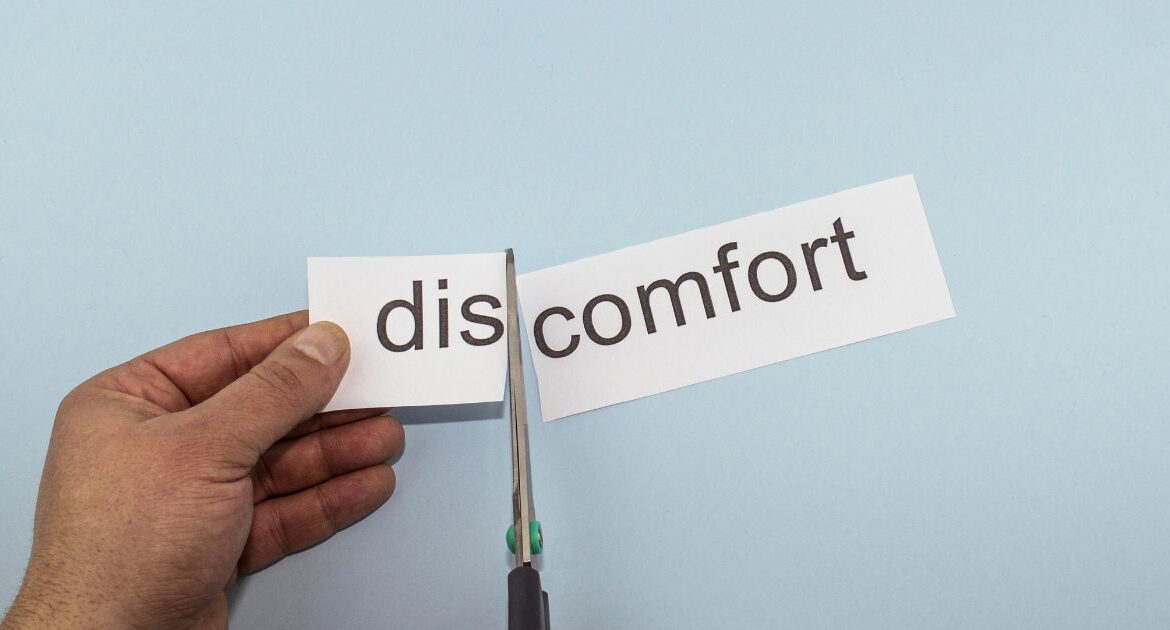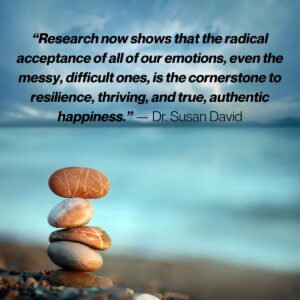
Get comfortable with discomfort. Yes, this sounds counterintuitive. However, I posit that the more comfortable we are with discomfort, the less discomfort bothers us and the more easily we can address the root cause. When negative things like stress or anxiety start living in our heads, there’s less space for positive thinking to find solutions to the things that are creating stress in the first place. So how do we get comfortable with discomfort?
There are a couple of tricks to help us get into this frame of mind:
- Be aware of discomfort: acknowledge it, become curious, and explore it
- Do not try to repress it or run away rom it (observe it first)
- Expose and address the root cause of the discomfort
- Treat discomfort as a friend giving you a clue
We tend to confront physical discomfort better than we deal with mental or emotional discomfort. We reach for over-the-counter medicine for cold symptoms, go to an orthopedic doctor for knee pain, or see a massage therapist for muscular pain. With mental discomfort (stress, anxiety, frustration) or emotional discomfort (sadness, anger, isolation) we tend to placate it with overeating, drinking alcohol, overspending, or running away with distractions. Too often we try to pacify mental and emotional discomfort with temporary fixes that never resolve the root cause so the discomfort keeps appearing repeatedly.
The work of Dr. Susan David in her book, “Emotional Agility” shows us that emotions even the negative ones are signposts: “When we label our emotions accurately, we are more able to discern the precise cause of our feelings.”
Discomfort is a clue … let it inform you.


